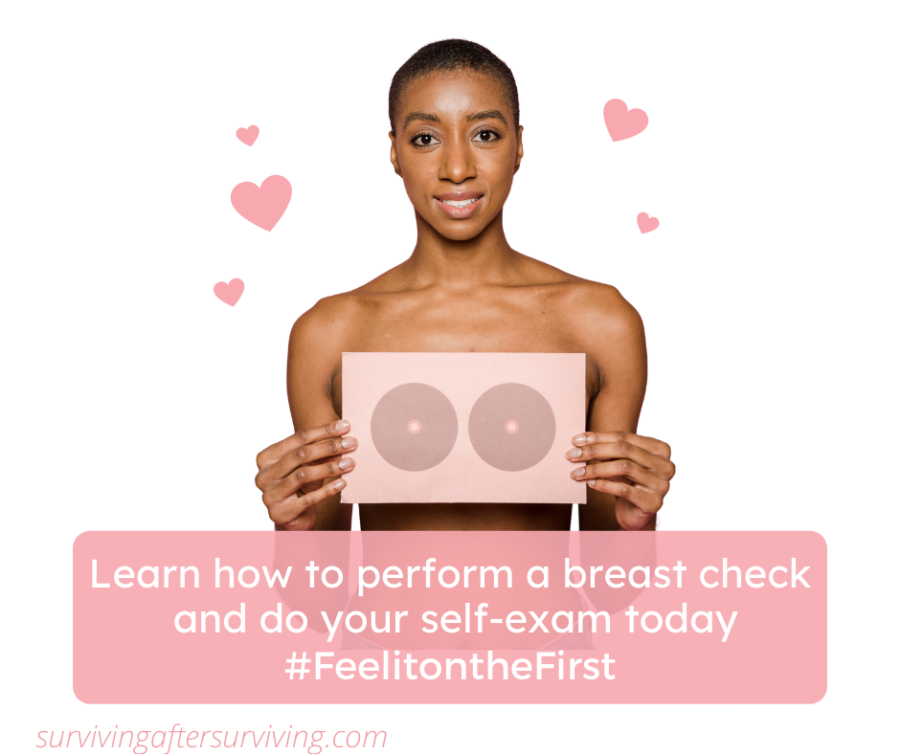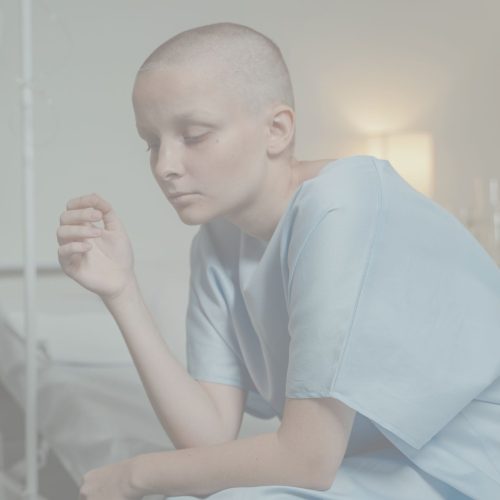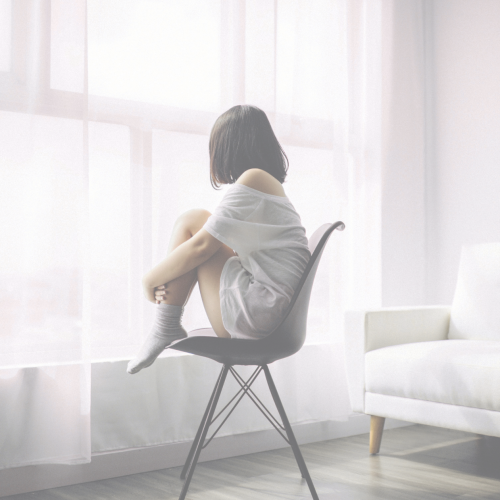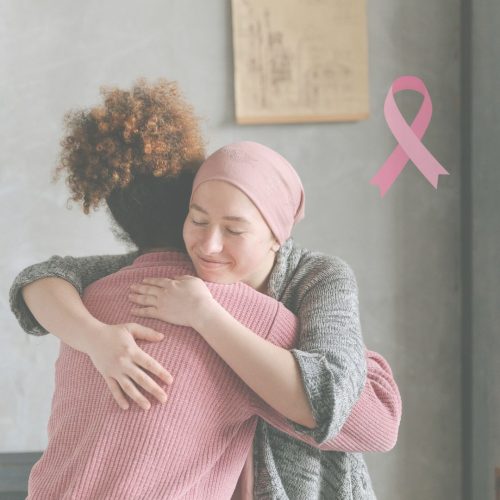I was 47 years old. I had just had my long overdue Pap and breast exam at my doctors office. It was the first of the month. I had seen the hashtag #FeelitontheFirst on a friend’s facebook page. And for this, I will be forever grateful. I found my lump during that self exam. The cancer had already spread to my lymph nodes.
#FeelitontheFirst was started by a young author, speaker and wellness advocate, Nalie Agustin. Nalie was only 23 years old when she found her lumps. Because she was so young, she was refused initial mammogram screening. It was a year before she finally received an ultrasound and diagnosis. She believes she may have needed less treatment if she had pushed earlier. In 2017, a recurrence led to stage 4. She passed away, at the young age of 33, in March 2022.
This has made me a strong advocate for breast self exams. If I hadn’t done a self exam, I’m not sure when it would have been discovered. I wasn’t due to start mammograms until I was 50. And to be totally honest, it probably would have been 2-3 years before I got around to seeing my doctor for another exam. The cancer would have spread to other parts of my body before I had found it. I would more than likely have been stage 4. Self exams are a useful important screening tool. They are quick and easy to do. The more you do self exams, the easier it is to discover any changes.
Breast self exams can be done in 3 easy steps:
- Stand in front of a mirror and observe the shape, colour and size of breasts. Look for any dimples or puckering. Now raise your arms over your head and look for the same.
- Laying down, raise opposite arm over head and use the pads of your fingers to create a pattern. You can do little circles, or even straight lines, just be sure to cover the whole breast. Be sure to use enough pressure to feel the tissue below the skin. Switch arms.
- While standing up, repeat same process as laying down.
Many women have lumps and bumps in their breasts, especially with their menstrual cylce. So don’t panic if you feel something. You can wait to see if there are any changes after your cycle ends or make an appointment with your regular doctor. Most lumps are benign. The more you do self exams, the easier it will be to know what’s normal for your breasts. Don’t wait if you discover a hard lump or knot near your underarm. Or any changes in the way your breasts look or feel, including thickening or prominent fullness that is different from the surrounding tissue
If you find dimples, puckers, bulges or ridges on the skin of your breast; A recent change in a nipple to become pushed in (inverted) instead of sticking out; redness, warmth, swelling or pain; Itching, scales, sores or rashes; bloody nipple discharge. Any of these changes warrant a doctor’s visit.
You are the best advocate for your health. By learning what’s normal for your breasts and keeping up with regular screenings, you are giving yourself the best chance for good breast health.





Thank you for this! This is a reminder I need, and something I need to get better at doing. Thanks to you and Nalia sharing your stories, I am going make a point to #FeelingItOnTheFirst.